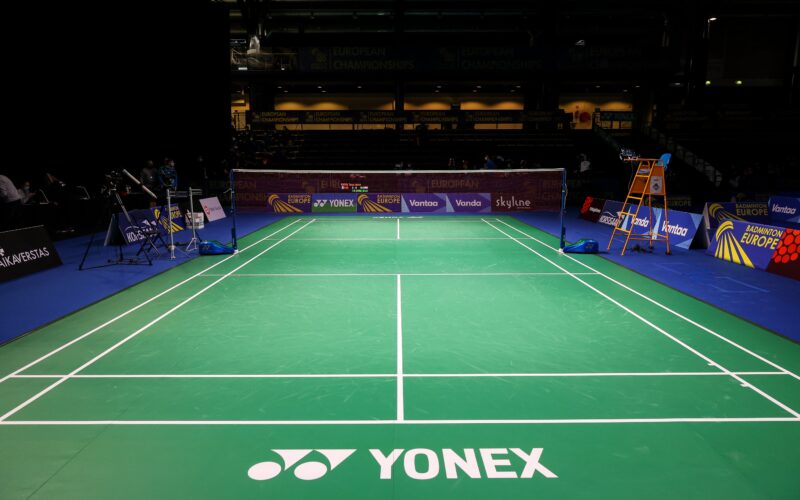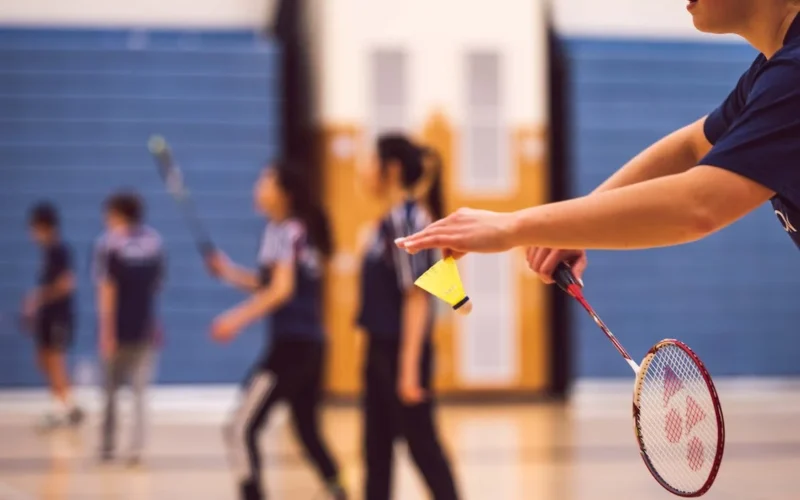
Badminton 101: Playing by the rules
Badminton has been one of the simplest games to play, given that the rule changes were made sixteen years ago and have transformed the sport from a boring to a more exciting one.
Gone are the days when the rules are still archaic, with the server getting the privileges in the first-to-15 (11 in women’s singles) scoring and second serves that result in matches that will go on forever with no end in sight. Now then, the rally point scoring, along with the rise of television, saw the popularity of the sport skyrocket to uncharted territory.
In this edition of Badminton 101, we are now explaining the rules so that you can be prepared when going into the competition.
The Court
Badminton is played either as singles (1v1) or doubles (2v2) on a rectangular rubber court that is 13.4 meters (44 feet) long and 6.1 meters (20 feet) wide, depending on the mode of play. The net must be 1.55 meters high from the floor that separates both halves of the court.
It is a shorter court in the singles where it is three feet (.92 meters) shorter than the full length, which is used for doubles play.
How to score and win
You know the aim of badminton: you score by sending it to the other side of the court without a return by the opponent.
As mentioned before, the scoring system is a rally-point. In other words: when you score, you will retain the right to serve. If you lose the rally, the point (and the serves) will go the other way.
The match is played on a best of three games (that’s the badminton term for sets), in a race to 21 points each time. To win the match, the player has to win two games.
Now here’s the interesting part: when it reaches 20-20 (aka the DEUCE), the game continues until one player wins by two points.
But what if the score reaches 29-all? That’s where the golden point takes place, the ultimate tiebreaker in badminton. In other words, SUDDEN DEATH. Whoever wins will get the game at 30-29.
Breaks and intervals
Badminton players are also human too. They need that rest after going back and forth, smash by smash.
This is why there is a minute of interval when a player first reaches eleven points. In between games, there is a longer break of two minutes.
In the deciding third game, a change of ends (also known as change court) happens when a player scores eleven points first.
Serves
Looking at the court and how it is set up to begin play, badminton is like tennis and table tennis on the basis that it is always serving diagonally.
The serve is one of the complicated things to learn when you start playing badminton, but once you get the intricate details of a proper serve, you are in good hands.
For a serve to be legal, you must follow these:
- Hit the shuttlecock from below your waist (on the lowest rib)
- The head of your racquet pointing downwards
- Swinging your racquet upwards
Failing to do just one of those will result in a loss of rally, and the receiver will get the point.
This illustration shows the different service zones and areas in play in both singles and doubles, depending on the situation.

It is a must to begin the match with a serve from the opposing right sides of their court. In singles, the service area alternates depending on the score of the server: left side when it’s odd, right when it’s even.
The same serving rules apply on the doubles, with the addition of receivers remaining in place when the servers score a point, and so on.
Let
On Article 14, Let is defined by the rules as the call by the umpire to stop play, wherein the point will be replayed.
The laws are strict with regards to this, among them are grounds for let:
- When the receiver is not in a position to receive the serve
- Both the server and the receiver are at fault
- The shuttle breaks into pieces in the middle of the rally.
- Any accident that occurred during play
To sum it up..
Badminton has its rules to make it easier to play. It takes effort and training to learn it from the heart. So that by the time you are in a competition, you are ready to play with no worries at all.
To get more of the rules, you can click here to read the full Laws of Badminton.



